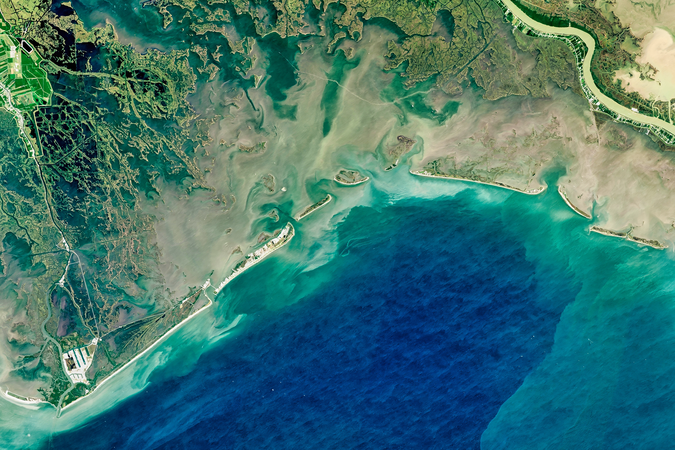The Societal Value of NOAA’s Digital Coast
An RFF report examines ways in which the Digital Coast, an online platform run by the National Oceanic and Atmospheric Administration, creates societal value through better-informed decisionmaking on coastal issues.
Abstract
The Digital Coast is a platform run by NOAA’s Office for Coastal Management (OCM) that is composed of thousands of datasets, tools, trainings, and stories related to improving coastal management. The Digital Coast is publicly funded, which makes it difficult to value. This report employs valuation techniques to estimate the value the platform affords its users in the form of improved decisions regarding coastal management and to estimate the program’s benefits versus its costs of operation. We highlight the various categories of typical uses of the Digital Coast platform, perform a literature review of how these might contribute to societal benefits, conduct website analytics to provide a breakdown of various tools and datasets by category and partner type, and perform two case studies. Our first case study looks at the use of two Digital Coast products in Jackson, Mississippi, to relocate wastewater treatment plants to higher ground based on future flood risks. We estimate that this onetime use of Digital Coast resources yielded societal benefits of $1.1 million to $2.2 million in 2014$. Given that Digital Coast resources, particularly the Sea Level Rise Viewer, are used thousands of times annually, we estimate that the true benefits of the platform are many times higher than illustrated by this case study. Our second case study estimates participants’ expected willingness to pay for two trainings available to the private sector through the Digital Coast program. We find that individual trainings are worth approximately $27 to $146 per participant per hour. Extrapolating this to all the in-person trainings offered by the Digital Coast Academy yields estimated societal benefits of $1.8 million to $9.7 million annually.







